The Sun’s Temperature
A listener asks: How hot is the surface of the sun?

Magnetically levitated flies may help researchers study the effects of weightlessness.
Researchers have created a combination of fool’s gold and silicon that could be used to make inexpensive solar cells.
On a molecular level, water doesn't have to become ice until minus-55 degrees Fahrenheit.
Scientists have designed a pacemaker that restarts the heart with light instead of electricity.
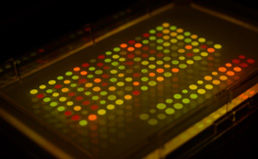
THE SCIENCE OF LIGHT & VISION - A pacemaker that restarts the heart with light, and a secret code made from fluorescent bacteria. And, could a lack of outdoor activity be making kids more nearsighted? Also: new research suggests that IQ might not be as stable as once thought.
A new technique creates a “mirage effect” underwater, making objects seemingly vanish.
Scientists have designed a theoretical anti-magnet. If it works in practice, it could have profound effects on both medicine and industry.
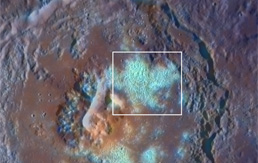
MERCURY SPECIAL REPORT - The MESSENGER spacecraft is revealing new discoveries about the planet closest to our Sun.
Climate scientists who want to know how airplanes might affect the climate are gaining new insights by looking nearly seventy years into the past.
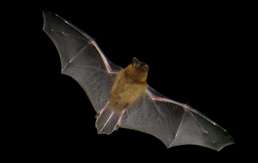
NOISE & NAVIGATION: Bats maneuver in the dark with the help of microscopic wing hairs, researchers expose a dolphin's secret sonar, killer whale ears inspire better microphones, and how a tiny bug with a big sound has eluded biologists for centuries. Also: Do humans have an internal compass?
Reindeer can detect ultraviolet light with their retinas, which may help them survive dark Arctic winters.
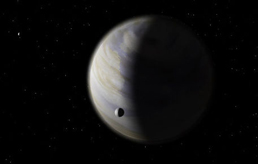
Astronomers are using new tools to look for life in outer space. And, the search for intelligent life in the universe is targeting the best candidate planets. Also: how tsunamis impact sealife.
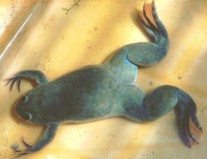
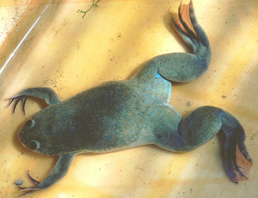
Regional dialects in gibbons, a squid attack pheromone, bats and carnivorous plants, and why frogs are slimy.
